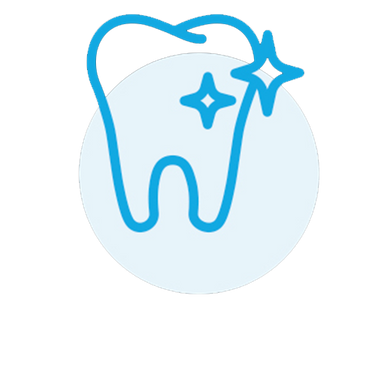We all know the obvious differences between our teeth and hair. Teeth are hard, while hair is soft and flexible. People often wonder if hair or teeth are made of dead cells. Once hair grows past the skin’s surface, its cells are no longer living. Tooth enamel does not contain any living cells and cannot repair or regenerate itself.
Are Teeth And Hair Made Of The Same Thing?
Teeth and hair have more similarities than you think. Let’s review what they’re made of!
Teeth are made of pulp, keratin, dentin, enamel and cementum. Enamel is the outer layer that we see and is the hardest substance in the human body. Composed of crystalline calcium phosphate, enamel is porous, so it absorbs outside substances. It’s also semi-translucent, which allows the dentin (yellow layer) to show through. If we refer to dentistry 101, the weaker your enamel, the more your enamel absorbs color from food, and the more dentin shows through so teeth look discolored.
Like teeth, hair also contains the protein keratin. It’s porosity ranges, but increases with age and repeated chemical treatments. As we age, our natural hair color fades and often turns gray. The more porous your hair is, the more it absorbs water and chemicals like hair dye.
So what does hair have to do with professional teeth whitening?
Both hair and teeth behave the same way as we age. They become weaker, and while hair color fades, teeth appear yellow. Nowadays, the solution to both of these issues is easy. Get your hair colored, and see the dentist for professional teeth whitening.
Here’s another connection…do you only need to get your hair colored once and then it’s perfect for the rest of your life? Of course not! Hair color fades, roots grow in, and after six weeks you’re at the salon again for a professional touch-up. Teeth whitening works the same way! You may leave the dentist office with a perfectly white smile, but over time (and coffee), that brightness fades and you need to see your dentist again for a touch-up.
Hair and teeth also behave the same way when it comes to your whitening shade. If you’re a brunette, can you use the same dye treatment as your blonde friend and get an identical result? The answer is obvious. Every baseline shade is different, so each starting and ending point will be different as well. The same is true when it comes teeth whitening – every smile is unique and so each one may require a longer or shorter treatment time in order to achieve the desired result.
Lifestyle choices also affect the teeth and hair similarly. If you drink coffee and red wine daily, your teeth will yellow rapidly. Also, if you are exposed to sunlight often and don’t use a color-safe shampoo, your hair color will fade faster.
Maintenance is essential. Just like people stay on an every-six-weeks schedule to get their hair color touched up and watch their sun exposure to prevent fading, if you want the whitest smile possible, you have to be just as diligent with your teeth. It’s a constant maintenance cycle, and a dental professional can help recommend the best teeth whitening products for you.
It’s so important to educate patients about keeping their teeth white after their professional whitening treatment. And just like each patient is different, each maintenance plan can vary slightly. Sit down with your patients and map out specific directions for optimum results. Get them on a schedule for touch-ups so they’ll stay GLOing for years to come!


